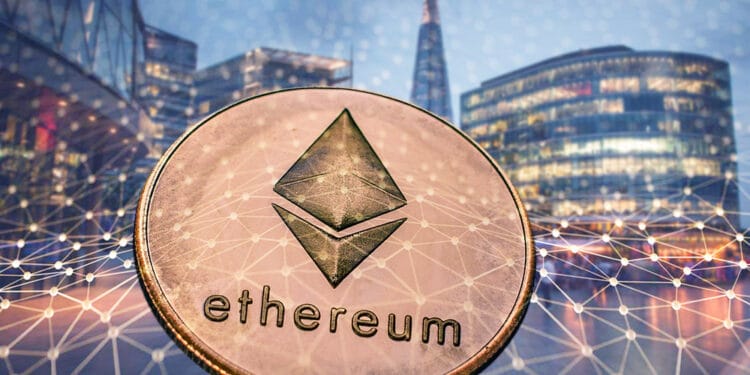Whether it’s a decentralized exchange, game, stablecoin, or metaverse, chances are Ethereum has something to do with it. Aside from Bitcoin, Ethereum is the most impactful blockchain globally, hosting virtually any type of decentralized application anyone can think of.
The metaverse has been at the forefront of cryptocurrencies since November 2021, after Facebook changed its parent company name to Meta.
With more people becoming interested in this topic than previously, let’s look at the top 8 metaverse projects built on the Ethereum platform.
Decentraland (MANA)
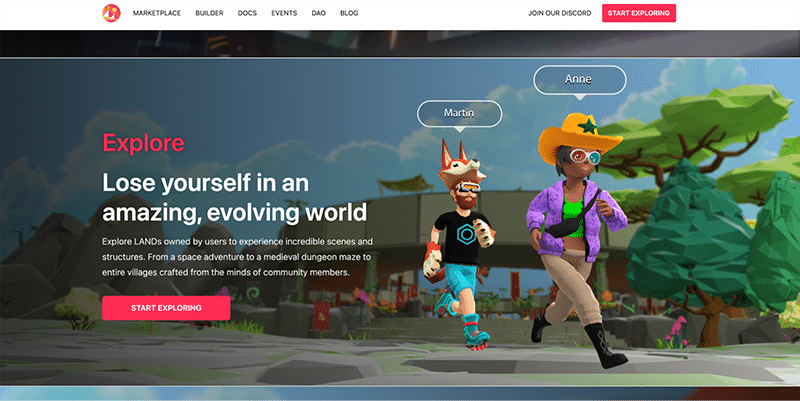
Decentraland leads the pack for Ethereum-based metaverse projects. The platform lets users build incredibly captivating sceneries of land plots to the wildest of their imaginations.
You can find everything from simple villages to outer space among the thousands of land parcels on Decentraland. Users can tokenize these plots into tradable non-fungible tokens (NFTs), along with any other related items, primarily on OpenSea.
A digital real estate company recently acquired a piece of land on Decentraland for an astounding $2.43 million. Several known brands like Sotheby’s and Samsung have already partnered with this platform.
The Sandbox (SAND)
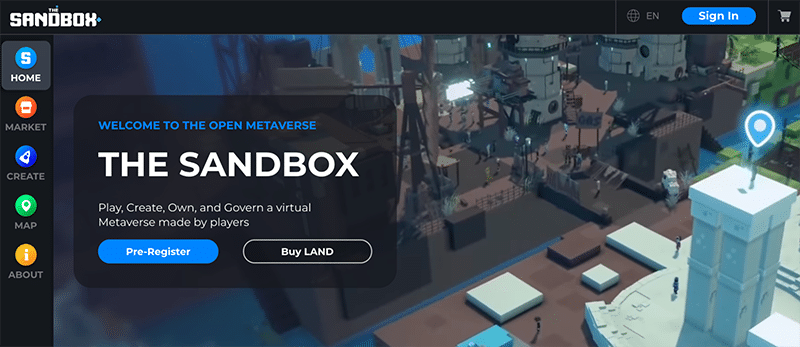
Hot on the tail of Decentraland is The Sandbox, a play-to-earn gaming platform often described as a ‘virtual attraction park.’ Sandbox consists of user-created, voxel-animated virtual worlds and populated items users can monetize into NFTs on dedicated marketplaces like OpenSea.
Moreover, gamers can host numerous multiplayer activities and experiences. As a play-to-earn game, you make money primarily from trading LAND (the created virtual worlds) and other assets, renting out LAND, and staking.
Surprisingly, The Sandbox was initially created as a mobile game in 2012 and transitioned over time into blockchain technology. Celebrities like Snoop Dogg and pop culture brands such as The Walking Dead and The Smurfs are well known among Sandbox users.
Axie Infinity (AXS)
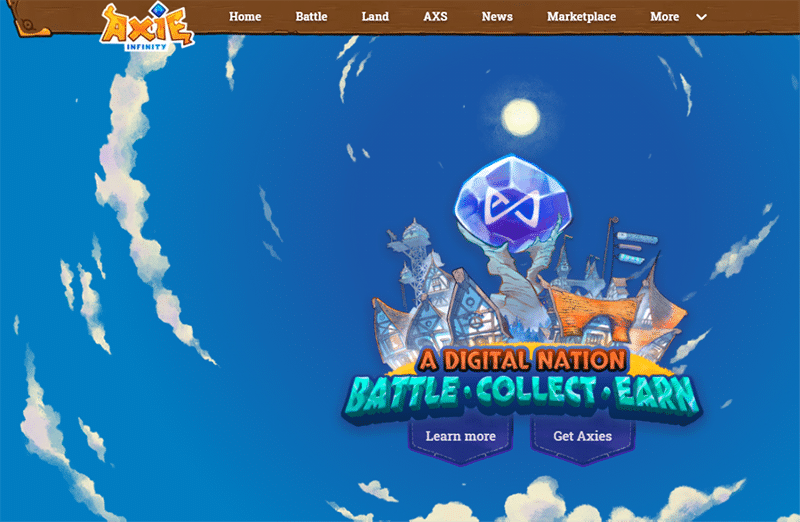
Axie Infinity is another prominent play-to-earn, the blockchain-based game with more than 2.8 million daily active users. However, in this case, players battle, collect, raise and trade unique Pokemon-inspired creatures known as ‘axies.’
These animal-like figures are classed as plants, bugs, reptiles, birds, beasts, and aquatic creatures with different speed, skill, health, and morale levels. In the cartoonish, fictional open world of Lunacia, users can trade these axies, along with other interesting items like lamps, flowers, and barrels, into NFTs.
The most expensive axie ever sold to date is a whopping $820 000, reinforcing the mania of NFTs in cryptocurrencies.
Illuvium (ILV)

Regarded as the defining AAA game on Ethereum, Illuvium is a 4D fantasy battling game. ‘Illuvials’ are the ultra-rare, deity-like beasts populating the game’s open alien world.
Players essentially capture, fuse, and upgrade these Illuvials according to distinct rarity, desirability, and utility levels. Users can battle the Illuvials in different arenas or explore the expansive, varied landscape.
As with most blockchain-based games, players can turn these animals, along with other unique in-game assets, into tradable non-fungible tokens. Other revenue streams in Illivium also include crafting components, ‘shard curing,’ and staking.
Vulcan Forged PYR (PYR)

Vulcan Forged is an ecosystem of numerous gaming and NFT-focused activities. However, the platform’s central metaverse is the VulcanVerse, a massive multiplayer online role-playing game written by imaginative fantasy authors.
This open-world is split into four quadrants named Boreas (mountains), Arcadia (gardens), Hades (underworld), and Notus (deserts). The VulcanVerse prides itself on presenting an intricately-written fantasy storyline to make the gameplay as intriguing as possible.
Players can become landowners in the game, level up their land, forage and unlock new assets, create their own quests, and battle with other ‘Vulcanites.’ As expected, many of the in-game items are tokenized into NFTs that you can trade on the platform’s native marketplace.
Radio Caca (RACA)
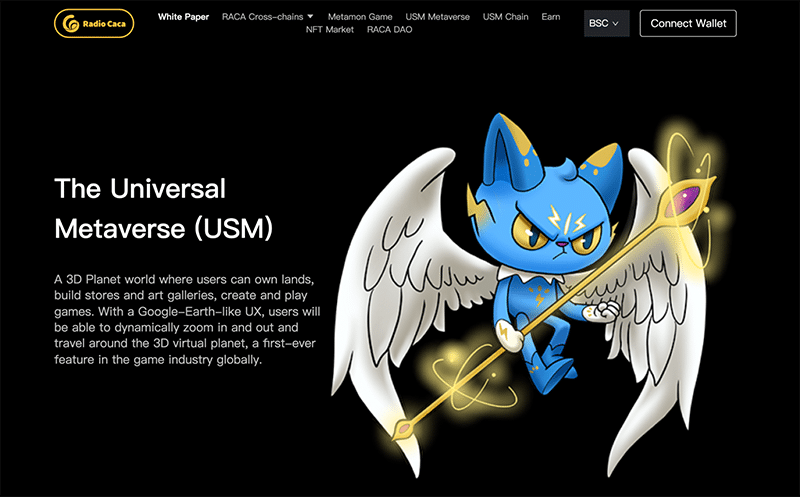
While not a complete product yet, Radio Caca’s ambitions have attracted a significant enough user base to warrant it as one of the top Ethereum metaverse projects.
Radio Caca describes itself as a DAO (decentralized autonomous organization) aiming to have a virtual world focused on NFTs and play-to-earn gaming.
The USM (United States of Mars) will be the platform’s flagship metaverse and is planned to be a 3D planet where one can play games, create buildings of different things, and own lands.
One of the first-ever features purported to be included in this world is a Google Earth-like dynamic zooming capability allowing you to travel around this planet in ways never imagined before in a game.
UFO Gaming (UFO)
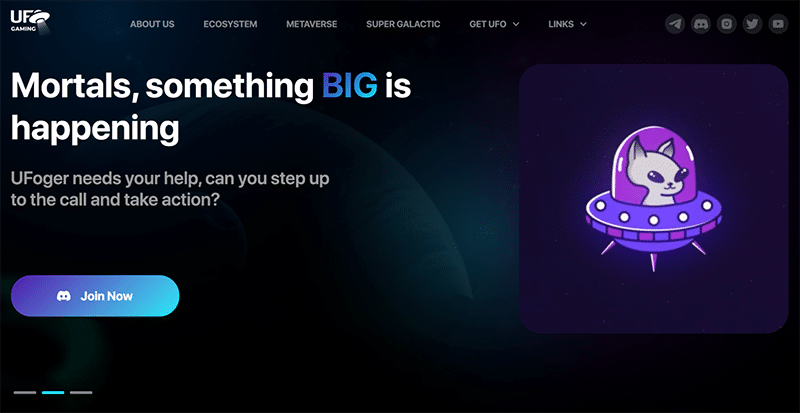
UFO Gaming is a DAO-controlled play-to-earn game in the ‘Dark Metaverse’ named Super Galactic. Here, users can purchase pieces of this fictional planet, along with characters, weapons, and other in-game items, which they can turn into non-fungible tokens.
According to the game’s website, it’s also imagined that you would eventually be able to use the land pieces in building other structures such as weapon stores, collection galleries, and virtual stores for this planet.
Gamers can also earn crypto rewards by completing specific activities in Super Galactic.
Starlink (STARL)
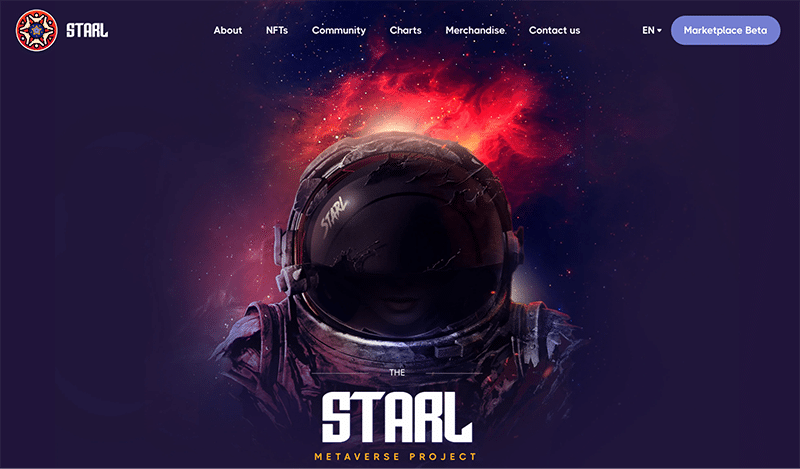
Starlink is a spaced-themed 3D virtual world with engaging exploration, creation, and discovery experiences in outer space. The game revolves around exploration and battling activities for users to earn rewards.
Of course, NFTs are thrown into the mix, as with many metaverses. The items one can tokenize include satellites, spacecraft, living modules, characters, and other parts of virtual real estate.
Final word
So, where to from here? While the metaverse is one of the most talked-about technological trends presently, it does have its fair share of detractors concerned about people being more connected to online activities instead of real-life connections.
Nonetheless, the concept does have some notable advantages as digital real estate becomes a legitimate asset class. Combined with blockchain technology, the metaverse expands the ideas of ownership, value transfer, interoperability, governance, and collectible uniqueness.
However, we are still technically in the early phases here as many needs to be ironed out. Moreover, many other blockchains like the Binance Smart Chain, Polygon, and Solana compete with Ethereum as the go-to distributed ledger for metaverse projects.

